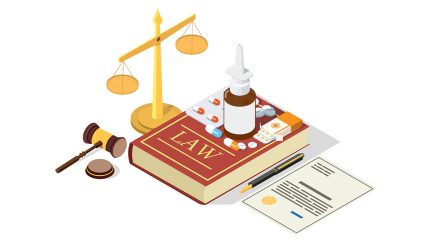Never miss a story — sign up for PLANADVISER newsletters to keep up on the latest retirement plan adviser news.
The DOL, the IRS and the Chevron Reversal
The Supreme Court’s Chevron reversal creates uncertainty for plan advisers and sponsors.
The Supreme Court ruled Friday in Loper Bright Enterprises et al. v. Raimondo, Secretary of Commerce et al. that the so-called Chevron Doctrine would no longer apply to cases involving rulemakings of the federal bureaucracy, heralding what could be widespread changes to how trillions of dollars in qualified retirement plans are regulated and managed.
The Chevron Doctrine, established in the Supreme Court’s 1984 ruling in Chevron U.S.A. Inc. v. Natural Resources Defense Council Inc., required federal courts to be deferential to federal agencies’ interpretations of unclear statutes. Based on Loper Bright, courts are now required to “exercise their independent judgment in deciding whether an agency has acted within its statutory authority, and courts may not defer to an agency interpretation of the law simply because a statute is ambiguous.”
The qualified retirement plan sector, including advisers, plan sponsors and providers, relies in large part on regulatory frameworks and protocols shaped by government bodies, including the Department of Labor and the IRS. Loper Bright could make such guidance less durable due to court challenges, as well as lobbyists and litigators seeking to influence regulations, according to experts.
Julie K. Stapel, a partner with Morgan Lewis & Bockius LLP, says the Loper Bright ruling “will make it easier for courts to overturn DOL and IRS interpretations. This may present challenges to employers sponsoring employee benefit plans, because it will likely decrease the predictability and consistency of interpretations of ERISA and the Internal Revenue Code.”
Stapel adds that “predictability is key because plan-related changes often take a long time to implement, and frequent changes in interpretations can be time-consuming and costly to employers. Frequently changing positions can also discourage plan changes and innovations.”
One major regulation that may be affected by the ruling is the Retirement Security Rule, according to Brian Graff, the CEO of the American Retirement Association. That rule, which seeks to heighten the fiduciary standards of retirement saving advice, is already facing multiple court challenges led by insurers and financial firms.
Industry lobbyist Graff expects the plaintiffs will “probably modify their complaints to reflect the Supreme Court decision,” and the decision could make it more likely for an appellate court to vacate the rule, especially if courts hearing the challenges were already leaning in that direction.
Graff’s own ARA has supported the rule as a way to increase fiduciary obligations for advisers working with small businesses on their retirement plan investment decisions.
In the big picture, Stapel believes changes for many areas of regulatory law could be “profound.” That said, “the DOL has not been terribly successful in being deferred to by federal courts even with the Chevron Doctrine, especially as reflected in the litigation history of the Fiduciary Rule,” she notes, so the difference may not be as dramatic for DOL rulemaking.
Stapel says agencies will still be able to regulate and interpret beyond the literal meaning of the text, since statutes cannot be written to contain every detail, but “what Loper Bright changes is what courts do with that interpretation. Courts can consider agency interpretations but, under the [Supreme] Court’s opinion, may not defer to them.”
The DOL declined to comment on the ruling.
You Might Also Like:

Voluntary Fiduciary Correction Program Improvements Take Effect

JPMorgan Sued Over Health Plan’s Generic Drug Costs


